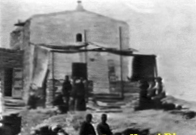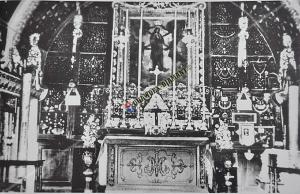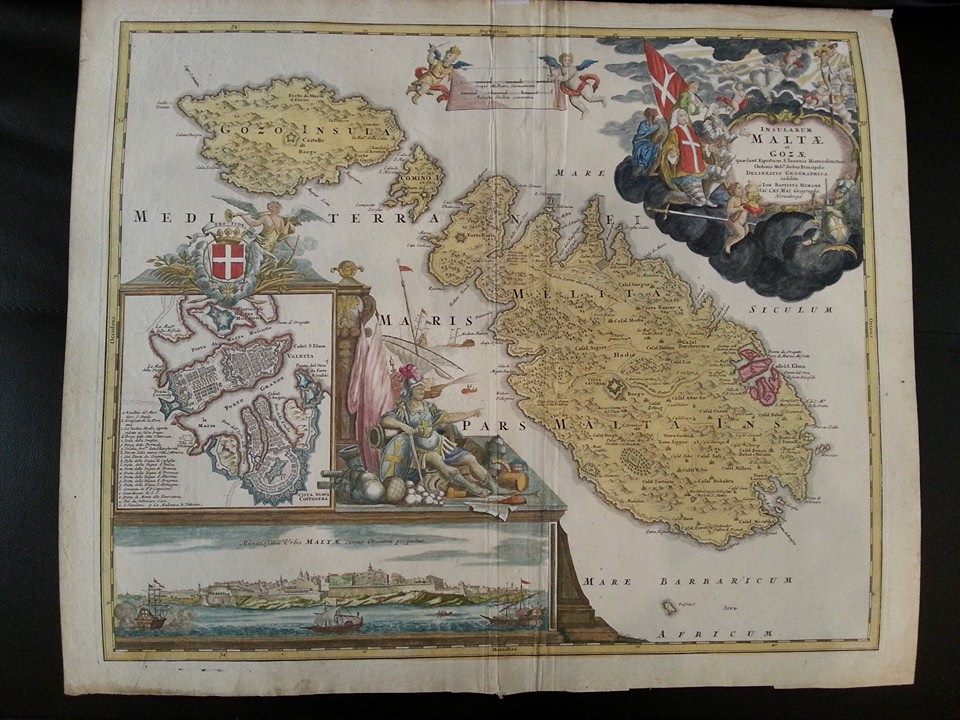The origins of the Shrine of Our Lady of Ta’ Pinu are lost in the mists of time.
The first record of its existence is in the archives of the Curia of Gozo, Malta, when the Most Rev. Bishop Domenico Cubelles made his pastoral visit to this Chapel in 1545 and wrote that the Chapel had just been rebuilt.
The property belonged to the noble family named “Of the Gentile”.

When, in 1575, the Apostolic Visitor Msgr. Pietro Duzina, delegated by Pope Gregory XIII to visit the Maltese islands, made his pastoral visit to the church, found that this Chapel was in a very bad state.
He ordered the church to be closed and demolished and its incumbent duties to be passed to the parish church, today the Cathedral of Gozo. But, according to tradition, when the workman struck the first blow with the pick he broke his arm.
This was taken as an omen that this chapel had to be preserved for future generations. In fact this was the only chapel that survived Msgr. Duzina’s Decree ordering the demolition of other similar chapels on the island.
In 1585 the church property changed hands to Philip Gauci and consequently its name from ‘Of the Gentile’ became “Ta’ Pinu”, that is “Of Philip”. Philip became the procurator of this church. However the report made by Msgr. Cagliares during the pastoral visit in 1615 was not very favourable. In fact he wrote “The doors are without locks and there are no candle sticks nor a holy image, the church is badly in need of repairs for it has fallen into neglect.”

It must be noted that in those days undefended Gozo suffered frequent attacks by the corsairs who used to carry with them anything they found useful to them. Pinu Gauci willingly offered money for its restoration and it was rebuilt 6 years, a stone altar was erected and the necessary vestments for liturgical services were provided.
He also commissioned the painting of the Assumption of Our Lady into heaven for the altar. This altarpiece was done in 1619 by Amadeo Perugino, probably a member of the Inquisitor’s train. It remains there, an object of great veneration to this very day.
The chapel, typical of so many in the Maltese Islands might have remained unknown, except for the unusual events of 1883…









